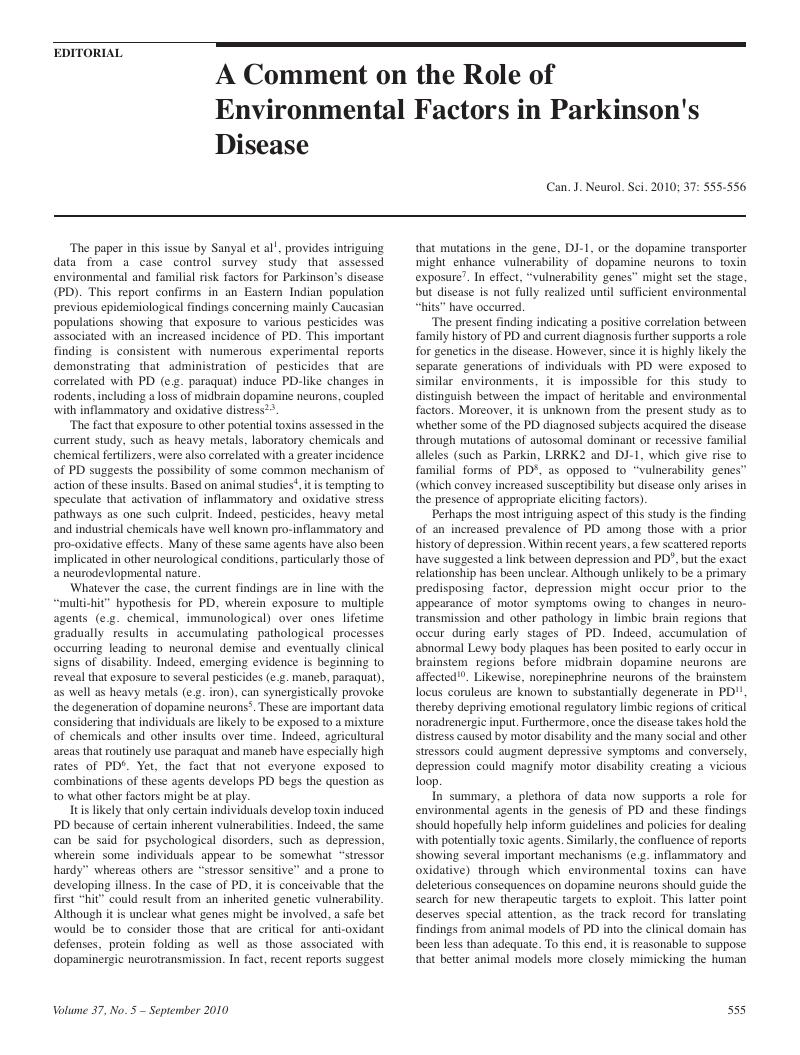Crossref Citations
This article has been cited by the following publications. This list is generated based on data provided by Crossref.
Hayley, Shawn
and
Litteljohn, Darcy
2013.
The Wiley‐Blackwell Handbook of Psychoneuroimmunology.
p.
393.





